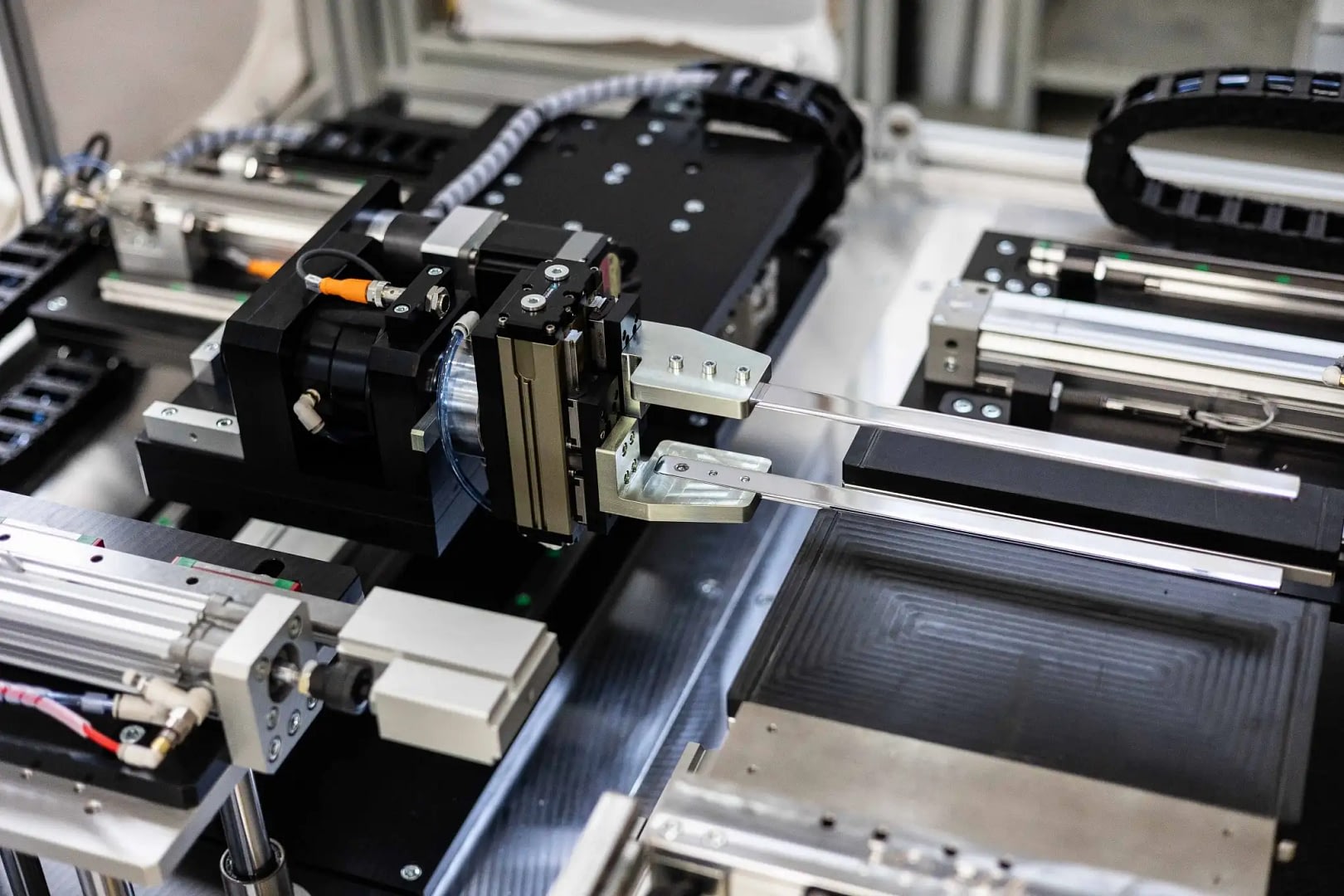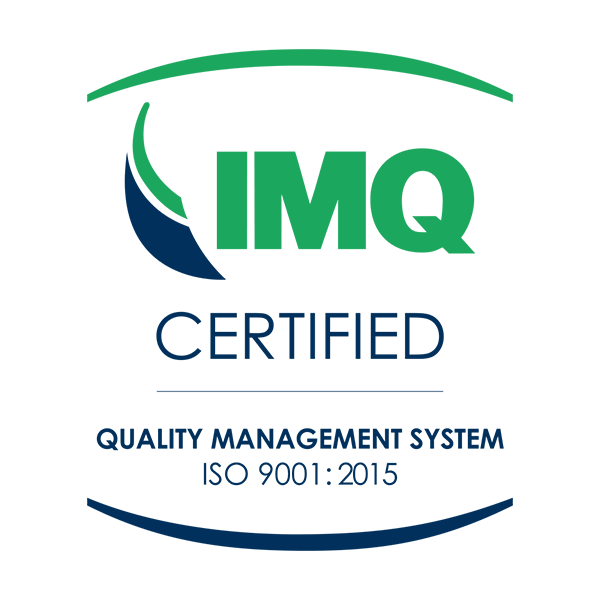In an era of rising global competition within manufacturing, the concept of a robotic island—a specialized, automated cell that integrates robots, machinery, and digital controls—has steadily gained prominence. Such solutions do more than just streamline operations; they enhance flexibility, maintain stringent quality standards, and adapt swiftly to changing product demands. This article examines diverse scenarios, ranging from a robotic island for the automotive sector to setups enriched by collaborative robots, advanced vision systems for quality assessment, and even a customized robotic island for small production batches. We will also consider how an experienced partner like GAV Sistemi can develop tailored configurations aligned with specific manufacturing goals.
What is a robotic island and why is it strategic?
A robotic island, sometimes called a robotic cell, is an integrated workspace where industrial robots, machinery, and control software coordinate to perform well-defined manufacturing tasks. According to insights from the International Federation of Robotics (IFR), the worldwide adoption of robotics has continued to expand, reflecting an escalating need for higher throughput, improved precision, and consistent repeatability.
By combining versatile capabilities, faster cycle times, and reliable performance, a robotic island can deliver tangible improvements in production efficiency and cost-effectiveness.
Applications across multiple sectors
A robotic island adapts naturally to a variety of industries—automotive, electronics, food and beverage, and pharmaceuticals among them. By integrating Industry 4.0 technologies, as highlighted by the Society of Manufacturing Engineers (SME), manufacturers can leverage data-driven optimization, advanced analytics, and remote monitoring, thereby enhancing productivity and long-term operational value.
Robotic island for the automotive sector
In the automotive industry, long recognized as an automation pioneer, robotic islands address a range of activities, from welding chassis structures and assembling intricate components to managing material flows. A robotic island for the automotive sector refines assembly lines, ensures stable and accurate welding, and boosts overall throughput.
By collaborating with GAV Sistemi, manufacturers can determine the best mix of robot types—such as six-axis arms for complex tasks or SCARA units for rapid operations—to align precisely with automotive production requirements. Drawing on deep industry experience and an internal tool shop, GAV Sistemi implements strategies that maximize quality and minimize downtime.
Robotic island with machine vision systems for quality control
Incorporating machine vision (2D or 3D) into a robotic island empowers it to not only “see” parts but also evaluate their conformity to strict specifications. A robotic island with machine vision systems for quality control can detect subtle defects, verify dimensions, and maintain quality without relying on manual inspections.
For instance, in an electronics assembly process, vision-guided robots can identify and position sensitive components with high precision. GAV Sistemi can integrate AI-enhanced inspection tools to reduce errors and ensure that products meet demanding customer standards.
Robotic island with integrated collaborative robots
Collaborative robots (cobots), designed to operate safely in close proximity to human operators, introduce new levels of adaptability and straightforward programming. A robotic island with integrated collaborative robots merges automated consistency with human insight, making it ideal for low-volume, complex, or frequently changing product lines.
Optimizing workflows with cobots
Cobots excel in environments requiring frequent product adjustments. They can be reprogrammed quickly and typically operate without extensive protective enclosures. Under the guidance of GAV Sistemi, manufacturers can incorporate cobots into their robotic islands, fostering a safe, ergonomic, and responsive production setting capable of adapting rapidly to evolving market conditions.
Customized robotic island for small production batches
Addressing small production runs calls for rapid adaptability and efficient reconfiguration. A customized robotic island for small production batches enables swift product changeovers, reduced setup times, and competitive lead times.
With GAV Sistemi’s engineering expertise, manufacturers can implement modular and reconfigurable cells. By minimizing downtime and maximizing responsiveness, these solutions cater perfectly to niche markets or product lines that evolve at a rapid pace.
A turnkey approach and GAV Sistemi’s support
Fully capitalizing on a robotic island’s potential demands expert assistance. GAV Sistemi offers comprehensive services, from initial feasibility analysis and robot selection to seamless integration, software development, operator training, and ongoing maintenance. The internal tool shop allows for quick adjustments, upgrades, and customization, ensuring that the robotic island remains in tune with long-term strategic priorities.
Whether implementing a robotic island in automotive lines, adding vision systems for meticulous quality checks, integrating collaborative robots, or personalizing an island for small batches, GAV Sistemi stands as a reliable partner. Their turnkey solutions reinforce sustainability, profitability, and competitiveness.
Conclusion: maximizing efficiency with a robotic island
Whether it involves a robotic island for the automotive sector, leveraging cobots for enhanced responsiveness, employing vision systems for quality assurance, or crafting a customized robotic island for small production batches, the range of possibilities is extensive.
With guidance from GAV Sistemi, manufacturers can establish stable, scalable automation frameworks. This approach results in improved throughput, reduced labor costs, elevated product quality, and a future-ready production line that anticipates evolving global market demands.
Frequently asked questions (FAQ)
-
What factors should decision-makers consider when selecting a robotic island configuration?
They should evaluate product complexity, precision, floor space, and compatibility with existing workflows. Collaborating with GAV Sistemi ensures that the chosen solution aligns closely with strategic objectives.
-
Can a robotic island handle both large-scale and small-batch production?
Yes. A customizable robotic island can efficiently switch between different product formats and batch sizes. With GAV Sistemi’s engineering capabilities, you can achieve rapid reconfigurations to accommodate changing demands.
-
Are collaborative robots inherently safe within a robotic island?Collaborative robots (cobots), designed with operator safety in mind, typically require no extensive protective fencing. They work closely with human personnel, adding flexibility and responsiveness to production processes.
-
How can machine vision improve quality control in a robotic island?
Machine vision systems enable robots to identify parts, detect defects, and verify dimensional accuracy. This ensures consistent quality without manual checks. GAV Sistemi can integrate vision systems to achieve stringent quality standards.
-
Is a robotic island suitable for the automotive industry?
Absolutely. The automotive sector benefits immensely from robotic islands that handle complex assembly tasks, ensuring repeatable precision and high throughput. GAV Sistemi’s expertise can tailor solutions that align with automotive processes and regulations.




